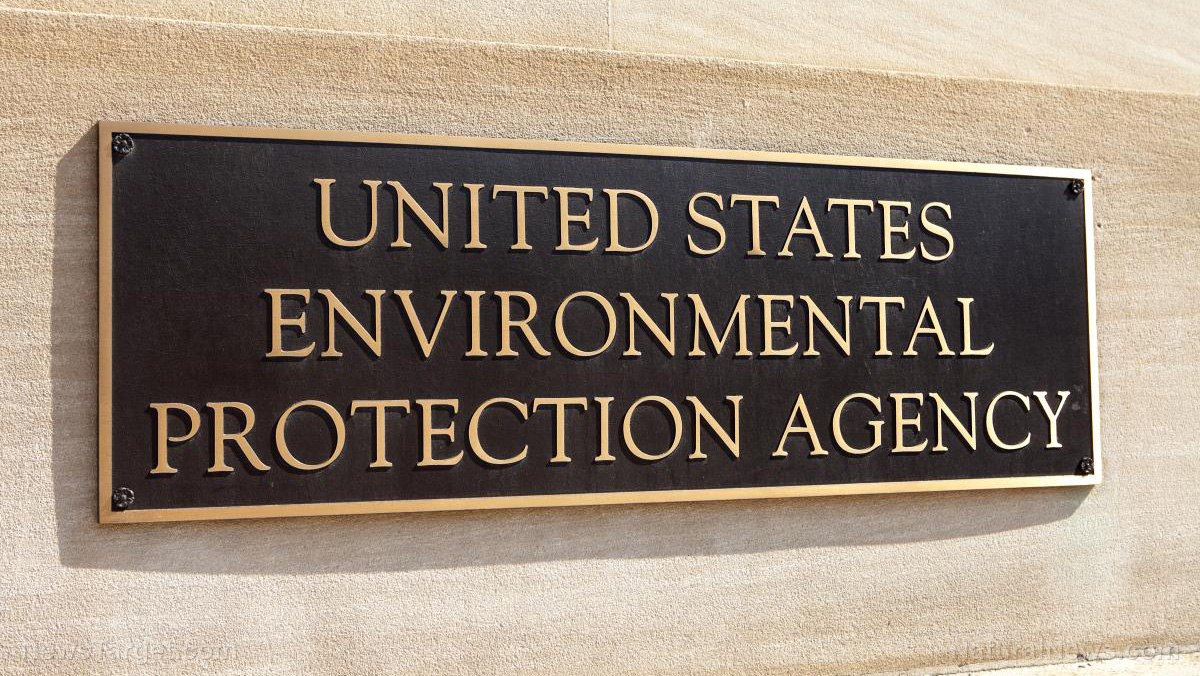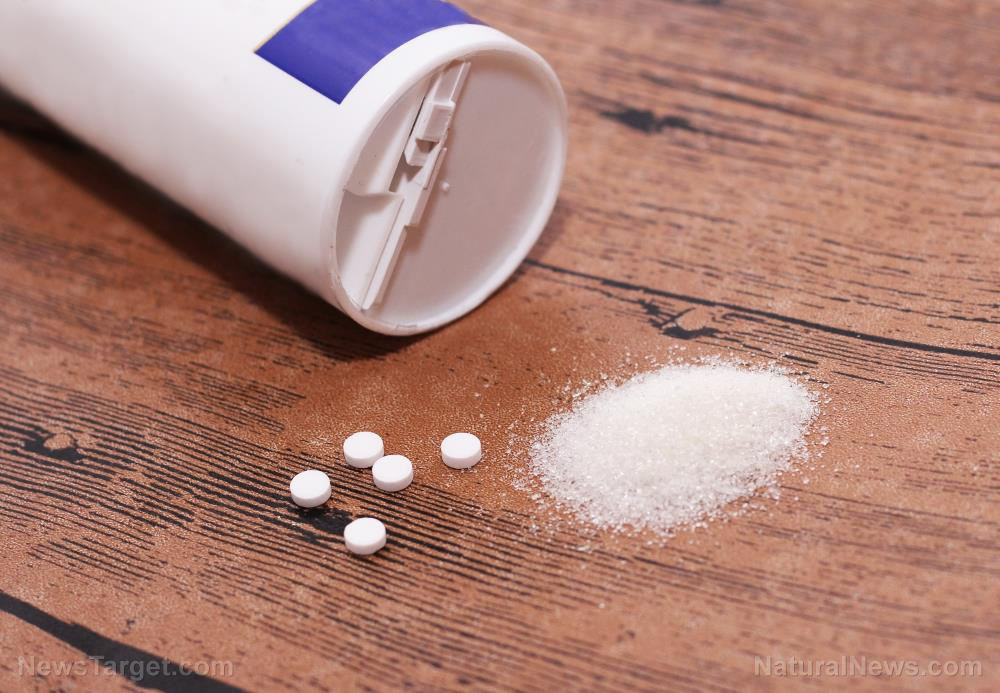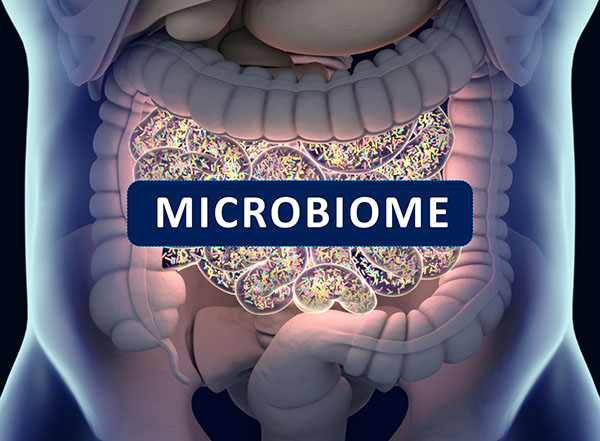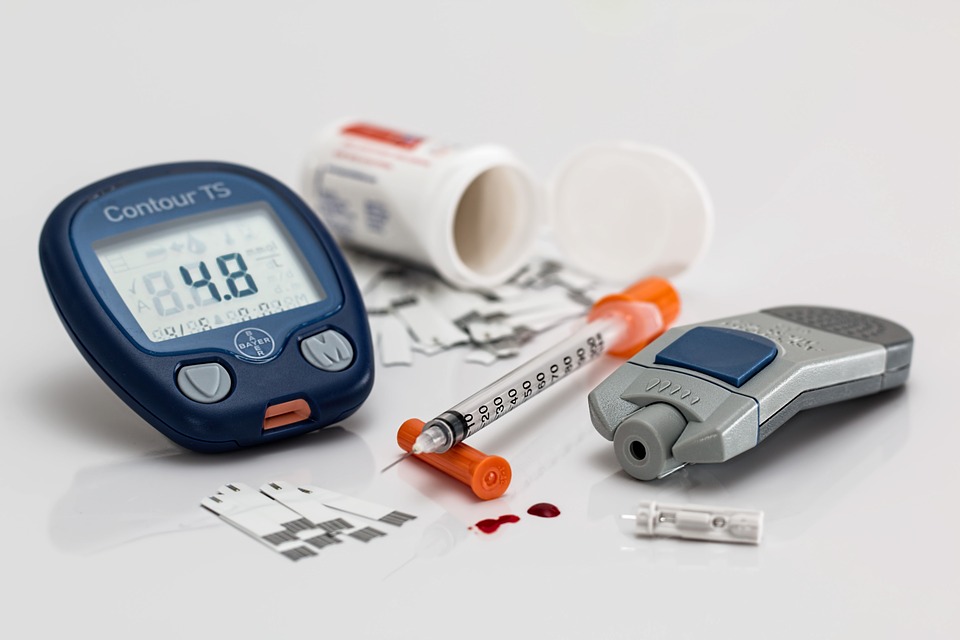Study: FOREVER CHEMICALS linked to skyrocketing diabetes risk, putting 35 million Americans in danger
07/31/2025 / By Ava Grace

- A study reveals that exposure to PFAS (“forever chemicals”) increases the risk of Type 2 diabetes by 31 percent, affecting 35 million Americans. These chemicals are found in everyday items like non-stick pans, food packaging and tap water.
- PFAS persist in the environment and human bodies, disrupting metabolism and insulin function. The study found higher PFAS blood levels in diabetic patients, highlighting their role in disease development across diverse populations.
- Despite known dangers, PFAS have been deemed “safe” for decades, with slow regulatory action. The EPA’s new limits (four parts per trillion) won’t be enforced until 2029, leaving communities at risk.
- The study calls for faster EPA timelines, corporate accountability and investment in safer alternatives. Individuals can reduce exposure by avoiding non-stick cookware and filtering water, but systemic change is critical.
- Diabetes costs the U.S. $327 billion yearly, with PFAS as a preventable factor. The findings demand immediate policy reforms to curb corporate pollution and protect public health.
A groundbreaking study has revealed a disturbing link between “forever chemicals” and Type 2 diabetes, a disease plaguing 35 million Americans.
These synthetic compounds known as PFAS (per- and polyfluoroalkyl substances) lurk in everyday products like non-stick pans, food packaging and even tap water. They have been dubbed “forever chemicals” for their persistence in the environment and human bodies.
Now, science confirms they may be fueling America’s diabetes crisis. With a staggering 31 percent increased risk tied to exposure, this discovery demands urgent scrutiny of environmental policies and corporate accountability.
The study published July 21 in eBioMedicine analyzed 360 individuals – half with diabetes, half without. The authors found that higher PFAS blood levels correlated directly with disease onset. (Related: Study: Toxic FOREVER CHEMICALS are found in many cosmetics.)
This isn’t just a health crisis; it’s a regulatory failure. For decades, these chemicals have been deemed “safe” by federal agencies – yet they accumulate in our bodies, disrupting metabolism and insulin function. Dr. Vishal Midya of the Icahn School of Medicine at Mount Sinai, the study’s lead author, emphasized that PFAS alter critical biological pathways – making diabetes nearly inevitable for millions.
A legacy of neglect: How PFAS sabotage the body
Diabetes develops when the body can no longer regulate blood sugar efficiently. PFAS exacerbate this by attacking pancreatic cells, impairing insulin production and increasing fat storage – key drivers of metabolic dysfunction.
Worse, these chemicals don’t discriminate. The study included diverse populations – Black, Hispanic and White participants – proving widespread vulnerability.
Unlike lifestyle factors such as poor diet, PFAS exposure is involuntary. Americans drink contaminated water, eat food wrapped in PFAS-laden packaging and cook with toxic non-stick pans – all while regulators drag their feet.
PFAS have been used since the 1940s, favored for their durability. But their resilience is a double-edged sword. They don’t degrade, meaning every drop of contaminated water or bite of tainted food adds to a lifelong toxic burden.
Past research ties PFAS to cancers, liver disease and now diabetes – yet industry lobbying has stalled meaningful bans. The Environmental Protection Agency (EPA) finally set limits last year at four parts per trillion, but enforcement won’t begin until 2029. Meanwhile, hotspots like New York’s Nassau County and California’s Orange County report cancer spikes linked to PFAS-tainted water.
The study authors urge larger, long-term studies to confirm PFAS’s full harm. Meanwhile, consumers can reduce exposure by avoiding non-stick cookware, filtering water and rejecting fast-food packaging. Yet individual action isn’t enough, and lawmakers must:
- Accelerate EPA timelines
- Hold polluters financially liable
- Invest in safer alternatives
This study isn’t just a warning – it’s a mandate. The “forever chemical” crisis is here, but will meaningful action happen before it’s too late?
Watch this clip about the dangers of “forever chemicals” and what to do.
This video is from the HaloRock™ channel on Brighteon.com.
More related stories:
Study finds harmful “forever chemicals” in wristbands.
Report: FOREVER CHEMICALS found in bandages used on wounds.
Forever chemicals are also present in the air – study.
Sources include:
Submit a correction >>
Tagged Under:
chemicals, dangerous, diabetes, diabetes science news, discoveries, environment, forever chemicals, health science, PFAS, poison, real investigations, research, toxic chemicals, toxins, Type 2 Diabetes
This article may contain statements that reflect the opinion of the author
RECENT NEWS & ARTICLES
COPYRIGHT © 2017 REAL SCIENCE NEWS




















